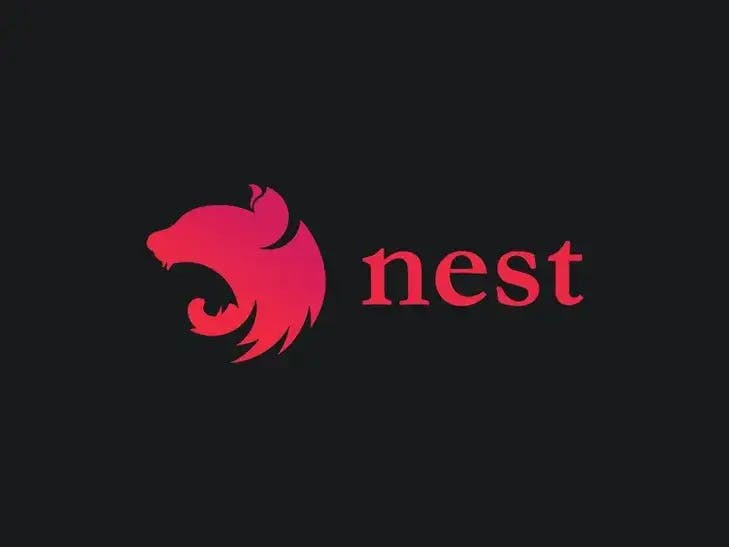Web application frameworks tend to be many things; however, they often fall into one category: robust. These frameworks are necessary for developing reliable and efficient web applications that can meet the dynamic needs of any business.
Developers of all sorts are finding ways to simplify the creation of web applications. These frameworks reduce confusion and, in turn, help you save time. Some frameworks even focus on building single-page applications.
The newest player on the market is catching a lot of attention from developers due to its simple design and high performance. That framework is called next js. Next.js and Nest.js are two such frameworks that have seen growth in their demand.
The frameworks are based on criteria such as their use cases, popularity, learning curve, and the support both get from the community.
This article will explore various parameters that’ll help you select the best web application frameworks for your business.
What Is Next.js?
Next.js is a javascript framework for building websites and web applications. It’s built on top of React and helps you build server-side rendering and static web applications using React. ZEIT developed the Next.js framework in 2016.
React is a Javascript library that can be used to develop interfaces and applications. It can be best used for fetching rapidly changing data from a backend so that it can be best utilized in single-page or mobile applications. Facebook created it.
Click to learn more about Next Js vs React.
Rendering JavaScript code on the development server has been a tedious process for some time now. Still, with Next.js, it’s much easier to get your application up and run using this option.
Next.js comes with its own Node.js server that is preconfigured and makes setting up Next.js a lot easier for developers. They can use it to send simple indexable HTML output to their users without worrying about issues related to caching, programming architecture, or any of the other things required before Next.js came along, such as setting aside time for dealing with these issues.
The following are some of the main pros and cons of Next.js:
Pros Of Next.js:
- React implementation makes it easy for developers who already know React to use Next.js without much new knowledge.
- It has a large open-source community that supports it, making it easy to find help on issues related to Next.js or a project built in it.
- Automatic code splitting helps in faster page loading.
- Next.js is geared towards performance and SEO because it performs server-side rendering by default. It comes with a head component that helps the developers include dynamic Meta-tags.
Also, read: 10 Ways to Improve Your Next.JS App Performance
Cons Of Next.js:
- The Next JS framework has few pre-built front pages, so developers need to build the whole front end from scratch.
- If you’re looking to develop an online store with your Next.js project and don’t have an in-house team of developers, you might need a dedicated person to handle the development and management aspects.
What is Nest.js?
Nest.js is an open-source framework for building web applications. The framework uses TypeScript and is written in TypeScript, with a component-based architecture similar to Angular.

Nest.js is a framework that offers cross-platform functionality and flexibility and combines aspects of OOP (Object-Oriented Programming), FP (Functional Programming), and FRP (Functional Reactive Programming).
Sticking with the component-based structure of Angular, Nest.js is built around the idea of components and how they interact with one another. Nest.js takes this idea a step further by introducing a hierarchical component system that allows for components to be nested within other components. This creates a very natural and easy way to construct your application in a way that feels intuitive and familiar to developers from all backgrounds.
Developers looking to create responsive, secure, and scalable web apps using the Nest.js framework are expected to have a comprehensive knowledge of Javascript. This is because Nest was developed as an extension of Node.js, which provides a server-side platform for developers who wish to use Javascript within their applications.
So, Node provides, in essence, the platform upon which Nest runs — all while simultaneously addressing my architectural deficiencies.
Pros of Nest.js
Nest.js’s advantages include, but are not limited to:
- Nest.js is a framework for building scalable, fast, easy-to-test web applications.
- You can use Nest together with other frameworks or use it on its own.
- You can use it with any database that supports TypeScript, including MongoDB and PostgreSQL.
- Nest requires zero setup as you can use the filesystem as an API.
- It is built on top of Node.js, so it can be run on the back end, where you can use any Node.js framework to build the back end.
- NestJS is a framework for developing applications efficiently by creating modules that depend on other modules. In this way, one can easily reuse the same techniques and code for multiple projects.
Cons of Nest.js
- Nest is a well-built software application with top-notch features and integrations. But it has some documentation issues that could prove risky for users in the medium to long term.
- Although Nest holds an edge in their choice of using TypeScript and Angular, they don’t have a large organization backing them.
Next.js vs. Nest.js: Use Case
Next.js allows developers to write apps that can scale with minimal configuration and a very small footprint. The only configuration needed is to create an index.js file that does the initial configuration. This is great for developers looking to create a universal application.
On the other hand, Nest is built around modularity, so you only need to install the packages you need. Nest also has built-in support for more complex features like server-side rendering and intelligent routing. There’s also built-in support for external data fetching, and Nest is built around a data-driven approach to universal applications.
Also, read: NestJS vs ExpressJS: Which Framework To Choose?
Next.js vs. Nest.js: Popularity
The trends below show the outcomes for Next.js vs. Nest.js popularity over time.

GitHub
Next.js has over 38K GitHub stars and 4K forks on GitHub, making it more popular than Nest.js. With 17K GitHub stars and 1K GitHub forks, Nest.js’s popularity is far second to Next.js.
Companies And Developer Stacks
A total of 82 companies and 69 developer stacks have mentioned Next.js in the past. Alternatively, 12 companies and 13 developer stacks have been seen referencing Nest.js.
Next.js vs. Nest.js: Learning Curve
Next.js is a minimalistic framework that contains all the necessary features to create an application using React. On the other hand, Nest.js is not just a framework but an entire platform for building server-side applications using TypeScript and Node.js.
Nest might be the ideal choice if you are more familiar with JavaScript and are willing to learn new things in-depth. However, if you want to stick with traditional JavaScript frameworks, Next would be a better option for you as it has a lower learning curve.
Next.js vs. Nest.js: Support
Next.js users have access to an extensive list of tutorials, blog posts, and videos created by the Next.js community. This can be very helpful if you find yourself stuck or needing a refresher on a topic.
Nest.js has created a community of developers with plenty of resources available to help out new programmers. Nest.js has a larger following than Next.js and is more likely to have more readily available developers if you need someone to jump in on your project.
Next JS vs Nest JS: What to choose?
It’s important to choose the right framework for your needs, considering what you hope to achieve before getting started. If you’re looking for something straightforward, then Nest might be worth trying out; but if you want something more advanced with plenty of features available, then Next.js could be an ideal solution.
In conclusion, Nest.js and Next.js are popular and well-supported frameworks for building JavaScript applications.
While Nest is a general-purpose framework that works well with TypeScript and can be used to build many different kinds of server-side apps, Next.js has been specifically designed as a React-based solution aimed at providing everything necessary when building websites or web apps using this library/framework combination (such as routing).
Everyone has different tastes when it comes to choosing the right framework, but one thing is for sure — Next.js and Nest.js are both popular choices! Their Github reviews show that Next.js is more of choice for developers who frequently ship code in each iteration while Nest.js is generally easier to use and understand.
Originally published at solutelabs.com.
